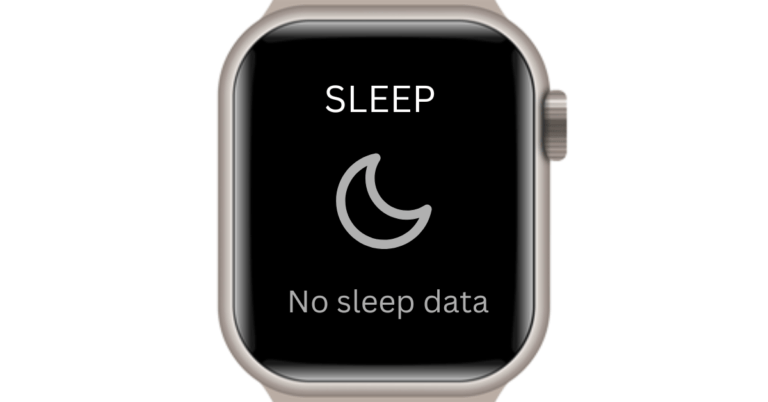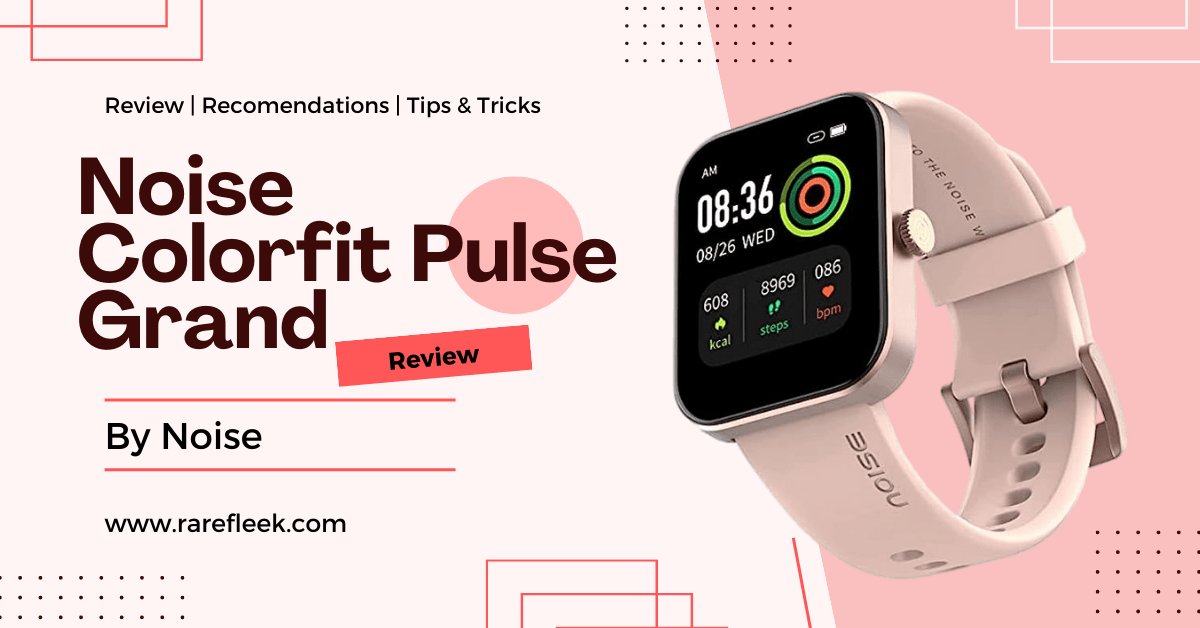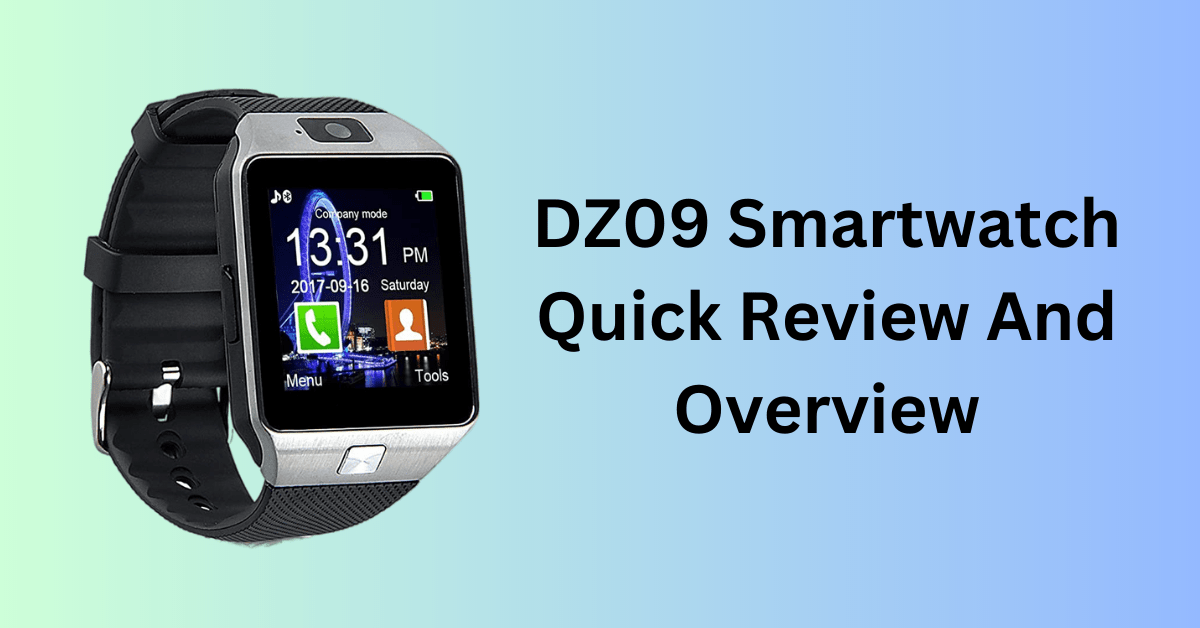Last Updated on November 13, 2024 by Kian
Smartwatches remain integral to modern-day wearable tech, helping us navigate the changing times of today’s world. In this regard, noise is one of the most popular Indian brands offering unique features and new technologies that help it stand out among many similar brands. This includes an interesting “Rapid Eye Movement tracking” characteristic that only appears on Noise. Herein, we shall focus on REM and the importance of the state in relation to Noise watches that track sleep and promote wellness.
What Is Rapid Eye Movement (REM) In Noise Watch?
Rapid eye movement (REM) refers to a stage of sleep that some sleep trackers, such as the Noise ColorFit Pro 3, can monitor. REM is the final stage of the sleep cycle and involves rapid eye movements, increased brain activity, and vivid dreaming.
During REM sleep, your brain processes long-term memories and information, and it is considered an important part of the sleep cycle for overall cognitive function and emotional well-being. Sleep trackers like the Noise Colorfit Pro 3 can differentiate between different stages of sleep, including REM, giving users insight into the different stages of their sleep patterns.
Monitoring REM sleep can be beneficial for understanding your sleep quality and making adjustments to improve overall sleep health. Information about REM sleep is part of the data that these sleep trackers use to offer a comprehensive analysis of your sleep duration, quality, and patterns.

What is Rapid Eye Movement in Noise Watch in Hindi
रैपिड आई मूवमेंट (आरईएम) नींद के एक चरण को संदर्भित करता है जिसे कुछ स्लीप ट्रैकर, जैसे कि नॉइज़ कलरफिट प्रो 3, मॉनिटर कर सकते हैं। आरईएम नींद चक्र का अंतिम चरण है और इसमें आंखों की तीव्र गति, मस्तिष्क की गतिविधि में वृद्धि और सपने देखना शामिल है।
आरईएम नींद के दौरान, आपका मस्तिष्क दीर्घकालिक यादों और सूचनाओं को संसाधित करता है, और इसे समग्र संज्ञानात्मक कार्य और भावनात्मक कल्याण के लिए नींद चक्र का एक महत्वपूर्ण हिस्सा माना जाता है। नॉइज़ कलरफ़िट प्रो 3 जैसे स्लीप ट्रैकर, आरईएम सहित नींद के विभिन्न चरणों के बीच अंतर कर सकते हैं, जो उपयोगकर्ताओं को उनके नींद पैटर्न के विभिन्न चरणों में अंतर्दृष्टि प्रदान करते हैं।
REM नींद की निगरानी करना आपकी नींद की गुणवत्ता को समझने और समग्र नींद स्वास्थ्य में सुधार के लिए समायोजन करने के लिए फायदेमंद हो सकता है। REM नींद के बारे में जानकारी उस डेटा का हिस्सा है जिसका उपयोग ये स्लीप ट्रैकर आपकी नींद की अवधि, गुणवत्ता और पैटर्न का व्यापक विश्लेषण पेश करने के लिए करते हैं।
What is REM Sleep?
Rapid eye movement (REM) sleep is a stage of the sleep cycle characterized by rapid eye movements, increased brain activity, and vivid dreams. It is one of four different stages of sleep that people go through in the sleep cycle.
Key characteristics of REM sleep include:
- Dreaming: Most vivid dreams occur during REM sleep. The brain is highly active during this stage, and dreams experienced during REM sleep can be emotionally intense and profound.
- Rapid eye movements: As the name suggests, during REM sleep, your eyes move rapidly in different directions. This is a distinctive feature of this stage of sleep and is often used in sleep studies to identify when a person is in REM sleep.
- Muscle paralysis: Despite increased brain activity, the body’s muscles become temporarily inactive during REM sleep. It is believed to physically prevent individuals from realizing their dreams and ensure that the body remains stable and stress-free.
- Increased brain activity: During REM sleep the brain is highly active, similar to waking levels. This is in contrast to other stages of sleep where brain activity is generally slower.
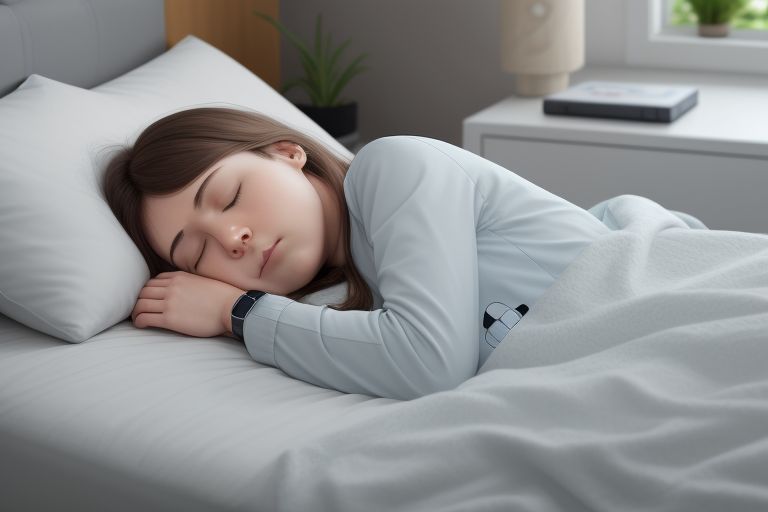
REM sleep typically occurs cyclically throughout the night, with each cycle lasting approximately 90 to 110 minutes. The first REM period usually occurs about 90 minutes after falling asleep and lasts a short period. As the night progresses, the duration of REM sleep increases, and the last REM period before awakening is often the longest.
REM sleep is essential for various cognitive functions, including memory consolidation and emotional processing. Lack of REM sleep or disruption of the REM cycle can have adverse effects on mood, memory, and overall cognitive function.
How does Noise Watch track REM sleep?
Noise smartwatches use a combination of sensors, namely accelerometers and heart rate monitors, to accurately track REM sleep and other sleep stages. These sensors collect data throughout the night, and advanced algorithms analyze this data to determine which stage of sleep you are going through.
Here are the details of how these sensors contribute to REM sleep tracking:
- Accelerometers: These sensors measure movement patterns, which change significantly between different stages of sleep. During REM sleep, body movements become slower and more subtle than in other stages. Smartwatches detect these subtle movements and use them to distinguish REM sleep from other stages.
- Heart rate monitor: These sensors track the rhythm and variability of your heart rate. Heart rate patterns also show different changes in different stages of sleep. REM sleep is characterized by increased heart rate variability, which reflects increased brain activity during this stage. The smartwatch monitors heart rate fluctuations to help identify REM sleep.
By combining information from both an accelerometer and a heart rate monitor, Noise smartwatches can accurately estimate the time spent in REM sleep and provide information about the overall quality of your sleep. This information can be valuable for understanding your sleep patterns and making informed decisions about improving your sleep quality.
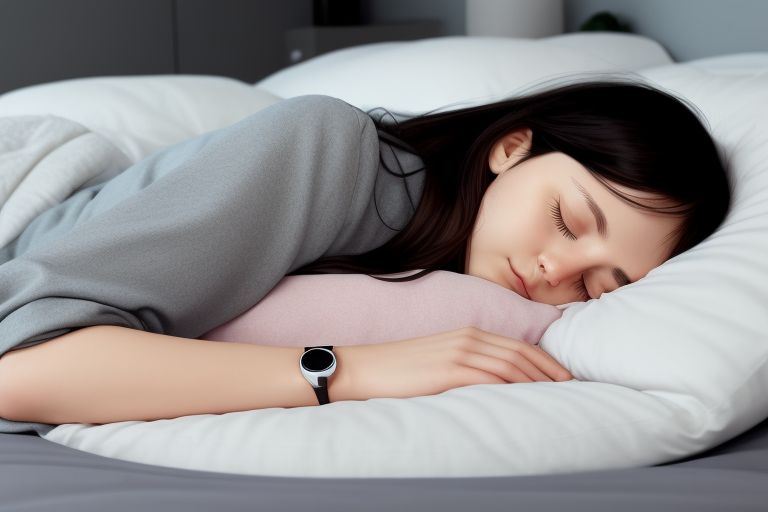
What are the benefits of tracking REM sleep?
Tracking REM sleep can provide many benefits, providing information about your sleep patterns and overall well-being. Here are some advantages:
- Understanding sleep patterns: Monitoring REM sleep helps you understand the different stages of your sleep cycle. This knowledge can tell how much time you spend in each stage, including REM, light sleep, and deep sleep.
- Optimizing sleep quality: By tracking REM sleep, you can identify factors that may affect your sleep quality. This information allows you to make adjustments to your sleep environment, habits, or lifestyle to increase overall sleep quality.
- Management of sleep disorders: REM sleep disturbances are associated with some sleep disorders, such as REM sleep behavior disorder or sleep apnea. Tracking REM sleep can help identify irregularities, prompting individuals to seek professional advice if needed.
- Improves cognitive function and memory: REM sleep is important for cognitive functions, including memory consolidation and learning. Monitoring REM sleep may provide insight into the relationship between REM sleep duration and quality and cognitive performance.
- Optimizing daily performance: Understanding your sleep patterns, including REM sleep, can help you optimize your daily routine for better performance. This may include adjusting the timing of activities such as exercise or caffeine consumption to suit your natural sleep tendencies.
- Health monitoring: Changes in REM sleep patterns may be associated with various health conditions. Regular monitoring can serve as an early indicator of potential health problems, prompting individuals to consult health professionals when needed.
- Personalized sleep goals: With data on REM sleep, you can set personalized sleep goals. Whether it’s ensuring adequate amounts of REM sleep or improving overall sleep duration, having clear goals can inspire positive changes in sleep habits.
- Stress management: REM sleep is linked to emotional regulation, and disturbances in REM sleep can contribute to stress and anxiety. By tracking REM sleep, individuals can assess the impact of stress on their sleep patterns and explore strategies to effectively manage stress.
While sleep tracking, including REM sleep tracking, can provide valuable insights, it is important to interpret the data in conjunction with other lifestyle factors. Additionally, it is advisable to consult healthcare professionals for a comprehensive understanding of sleep health, especially if persistent sleep problems are a concern.
You Might Also Like:
How can I track REM sleep with Noise Watch?
To track REM sleep with the Noise ColorFit Pro 3 or any other specific Noise watch model, you generally need to follow these steps:
- Wear the device correctly:
Make sure the Noise watch is securely and comfortably fastened to your wrist.
Wear it continuously during sleep, as the device requires continuous data to accurately track sleep stages.
- Enable sleep tracking:
Check if your noise clock has a sleep-tracking feature. This is usually found in the watch’s settings or the dedicated sleep-tracking mode. If there’s a specific sleep-tracking mode, activate it before you go to bed.
- Sync with partner apps:
Many smartwatches, including Noise watches, come with companion apps (e.g., NoiseFit) that provide more detailed sleep data.
Sync your watch with the app on your smartphone.
- Follow the sleep data:
After syncing, go to the Sleep section of the app to view detailed sleep data.
View information related to different stages of sleep, including REM sleep. This may be presented as a part of the breakdown of the sleep cycle.
- Review sleep report:
Several companion apps offer detailed sleep reports. Check out specific insights into your REM sleep, including duration and any interruptions.
- Understand sleep metrics:
Familiarize yourself with the sleep metrics provided by the app. REM sleep is often labeled or represented as the dream stage.
- Use Notifications:
Some devices and apps provide notifications or insights about your sleep quality. These may include improvement suggestions or alerts related to sleep patterns.
- Ensure regular sync:
For accurate and up-to-date information, regularly sync your Noise watch with the companion app.
Please note that the specific steps may vary depending on the model of Noise clock you have and any updates to the device’s firmware or companion app. Refer to the user manual or manufacturer’s website for detailed and model-specific instructions.
If your Noise watch doesn’t have built-in sleep tracking, you may need to explore third-party apps that specialize in sleep tracking and are compatible with your device. Always make sure that the apps you choose are from trusted sources and are compatible with your watch model.
Tips for improving REM sleep
Improving REM sleep is essential for overall sleep quality and cognitive function. Here are some tips for increasing your REM sleep:
- Maintain a consistent sleep schedule:
Go to bed and wake up at the same time every day, even on weekends. Consistency helps regulate your body’s internal clock.
- Create a relaxing bedtime routine:
Develop pre-bedtime rituals, such as reading a book, taking a warm bath, or practicing relaxation techniques. These activities signal your body that it is time to rest.
- Limit screen time before bed:
Reduce exposure to screens (phones, tablets, computers) at least an hour before bedtime. Blue light from screens can interfere with the production of the sleep hormone melatonin.
- Control the bedroom environment:
Keep your bedroom cool, dark, and quiet. Consider using blackout curtains, earplugs, or a white noise machine to create the best sleep environment.
- Take care of your eating habits:
Avoid heavy meals, caffeine, and alcohol before bed. These can disrupt sleep patterns, including REM sleep.
- Do regular exercise:
Engage in regular physical activity, but try to complete an intense workout at least a few hours before bed. Regular exercise promotes deeper and more restful sleep.
- Manage stress:
Practice stress-reducing techniques such as meditation, deep breathing, or yoga. Chronic stress can have a negative impact on REM sleep.
- Limit Naps:
If you do take a nap during the day, keep it short (20-30 minutes) and avoid taking a nap too close to bedtime.
- Create a comfortable sleeping environment:
Invest in a comfortable mattress and pillows. Make sure your sleep environment promotes relaxation and rest.
- Consider sleep supplements:
Consult a healthcare professional before taking any sleep supplements. Some individuals find that certain supplements such as melatonin can help regulate sleep patterns.
- Seek professional help:
If you struggle with persistent sleep problems, consider consulting a sleep specialist. They can study sleep and provide tailored recommendations.
- Limit stimulating activities before bed:
Avoid engaging in stimulating activities such as intense discussions or emotionally charged material close to bedtime.
Remember that individual responses to sleep interventions may vary, and it may take time to see improvements. If sleep problems persist, consulting a healthcare professional can help identify any underlying concerns and provide personalized guidance.
Conclusion:
As a conclusion, I hope you have a better understanding of what is Rapid Eye Movement in Noise Watch, including its significance and benefits. Tracking and optimizing REM sleep can significantly contribute to overall sleep quality and, as a result, enhance cognitive function and well-being. The use of technologies such as the Noise ColorFit Pro 3 and other sleep-tracking devices provide valuable insight into sleep patterns, including the important REM stage. Understanding the benefits of REM sleep tracking, such as improved cognitive function, better stress management, and early detection of potential health problems, underscores the importance of incorporating these devices into our sleep routines.
The crash course provided highlights key aspects, from identifying the different stages of sleep to recognizing when to consider tracking your sleep. It emphasized the role of wearable devices like fitness bands, smartwatches, and dedicated sleep-tracking apps in effectively monitoring sleep patterns. However, it is important to choose reliable devices and apps and interpret the data along with other lifestyle factors.
Tips for improving REM sleep serve as practical guidance for individuals who want to increase the quality of their sleep. By adopting a consistent sleep schedule, maintaining a comfortable bedtime routine, managing stress, and addressing environmental factors, individuals can create favorable conditions for better REM sleep.
In short, by integrating technology, understanding sleep patterns, and implementing healthy sleep habits, individuals can take active steps toward optimizing their REM sleep and enjoying the associated benefits, leading to overall health and well-being. There may be improvement.


